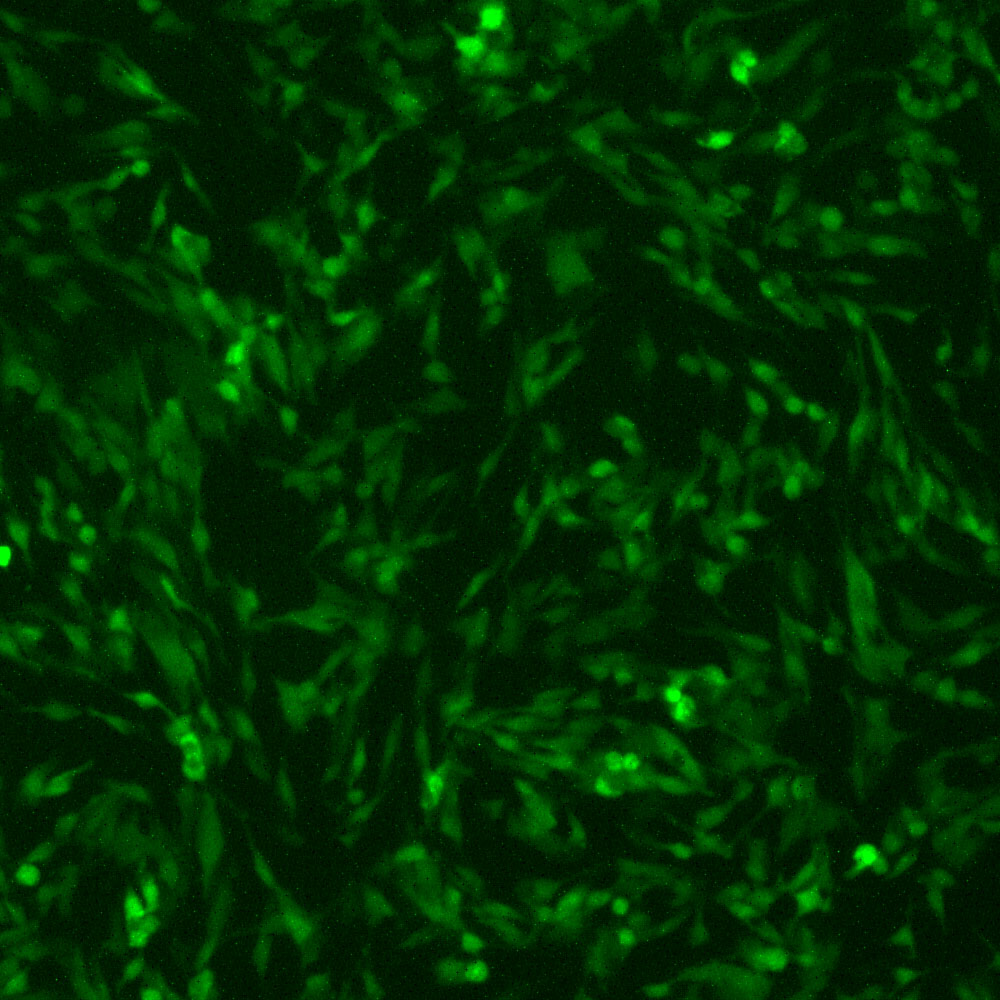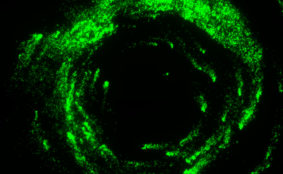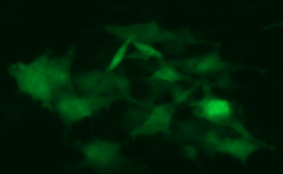Description
INTRODUCTION: Pneumonia virus of mice (PVM) is a natural mouse pathogen that undergoes robust replication in bronchial epithelial cells in response to a minimal virus inoculum in inbred strains of mice. Virus replication results in local production of proinflammatory cytokines and granulocyte recruitment to the lung, ultimately leading to pulmonary edema, respiratory compromise and death. PVM is closely related to the human and bovine respiratory syncytial viruses (RSV). Indeed, PVM infection in mice reproduces many of the clinical and pathologic features of the more severe forms of RSV infection in human infants. Thus PVM has been used to study respiratory virus replication and the ensuing inflammatory response as a component of a natural host-pathogen relationship. PVM is an enveloped nonsegmented negative-strand RNA virus of the genus Pneumovirus, subfamily Pneumovirinae, family Paramyxoviridae. PVM has a genome of approximately 15 kb that contain 10 genes encoding 12 proteins. The gene order and constellation of proteins are conserved within the genus, with the exception that the PVM P gene encodes a second protein of unknown function that does not have a counterpart in RSV. The degree of amino acid sequence identity between PVM and RSV ranges from 10% (M2-2 protein) to 60% (nucleocapsid N protein).
DESCRIPTION: For the construction of recombinant PVM encoding green fluorescent protein (GFP), the full-length plasmid encoding the complete antigenomic RNA of virulent PVM strain 15, pPVM, was modified by addition of a transcription cassette containing the ORF for enhanced GFP (Clontech, Inc.) to the AgeI restriction site in the SH–G intergenic region (Figure). To create the GFP insertion cassette, the GFP ORF was amplified by PCR to add an AgeI site, followed by the GS sequence of the PVM N gene (which is identical to that of the P gene), and then the Kozak sequence, on the upstream side and the GE sequence of the PVM F gene, followed by an AgeI site, on the downstream end. The structure of the GFP transcription cassette was confirmed by sequencing. The resulting plasmid, pPVM-GFP7, encodes 11 genes, with the added GFP gene located at position 7 between the SH and G genes. Recombinant virus was recovered by transfecting T7 polymerase-expressing BSR T7/5 cells with full-length plasmid pPVM-GFP7 together with T7 expression plasmids encoding N, P, M2-1, and L support proteins. Passage 1 virus was further propagated with BHK-21 cells at 32°C. Recombinant PVM-GFP7 was found to replicate as efficiently as the biological parent in vitro but was slightly attenuated in vivo.
| Parental Strain: | Virulent strain 15 |
| Construction: | GFP was inserted between SH and G genes as the 7th gene. |
| Passage History: | The isolate was propagated in BHK-21 cells [C-13] (ATCC CCL-10). |
| Infectivity: | Titer > 6.0 log 10 TCID50 per mL. |
| Volume/Storage: | 2 x 1.2 mL per cryovial. Store at –80ºC. |
| Quality Testing: | No bacteria, fungus, or mycoplasma detected. Endotoxin <10 EU/mL. |
| Availability: | Bulk quantity and custom orders are available. Contact info@viratree.com. |
Product Sheet: Product_R327
Certificate of Analysis: CoA_Lot-2406
Material Safety Data Sheet (MSDS): MSDS_RSV




